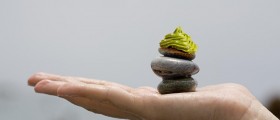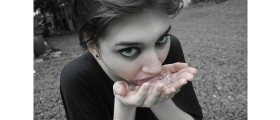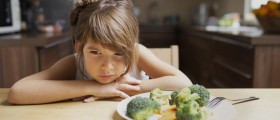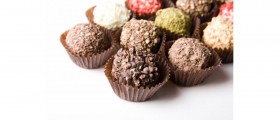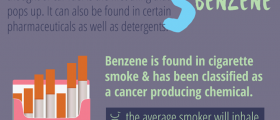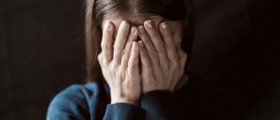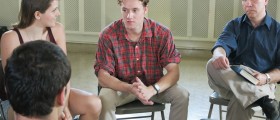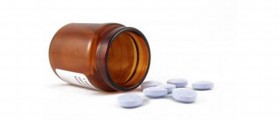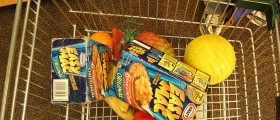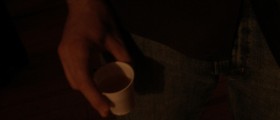Is it harmful to eat slate pencil as I study in 10th and I consume 20-30 slate pencil in a week or 2 week. I and my friend both love it very much we can't leave this habit. But we are worried about will it cause any harm?? Is there any option to leave this habit??
Loading...
*Just chew the slate pencils and spit out
*try peppermint(thimmiri billalu)
Loading...
Loading...
Loading...
Loading...
Loading...
Hello, guys.
Here is a general advice of our health expert.
Eating non-food substances like cornstarch and soap can be harmful to your health and may indicate a condition known as pica. Pica is characterized by the persistent consumption of substances that are not considered food. It can be associated with nutritional deficiencies, mental health issues, or other underlying conditions. It's essential to seek help to stop this behavior and address any underlying issues. Here's what you can do:
-
Consult a Healthcare Professional: Start by consulting with a healthcare provider, such as a primary care physician or a mental health specialist. They can conduct a thorough evaluation to determine the underlying cause of your pica and recommend appropriate treatment.
-
Nutritional Assessment: Your healthcare provider may conduct blood tests to assess your nutritional status and identify any deficiencies. Correcting any nutritional imbalances is an essential part of addressing pica.
-
Therapy: Depending on the underlying cause, therapy may be recommended. Cognitive-behavioral therapy (CBT) and psychotherapy can help address the compulsive behaviors associated with pica and any underlying mental health issues.
-
Medication: In some cases, medication may be prescribed to treat underlying mental health conditions, such as obsessive-compulsive disorder (OCD), that contribute to pica.
-
Behavioral Interventions: Behavioral therapy techniques can be used to help you develop alternative coping strategies and redirect the urge to consume non-food items.
-
Support System: Inform your close friends and family about your condition so they can offer emotional support and help you avoid triggers or situations that may lead to pica behaviors.
-
Environment Modification: Remove or limit access to the substances you are consuming. For example, keep non-food items out of your living space and replace them with healthy snacks.
-
Educate Yourself: Learn more about the dangers of consuming non-food items, as this knowledge can serve as a strong motivator to stop the behavior.
Remember that pica can be a complex condition with various underlying causes, and treatment approaches may vary from person to person. Eating non-food substances can have serious health consequences and should not be ignored.
Loading...


